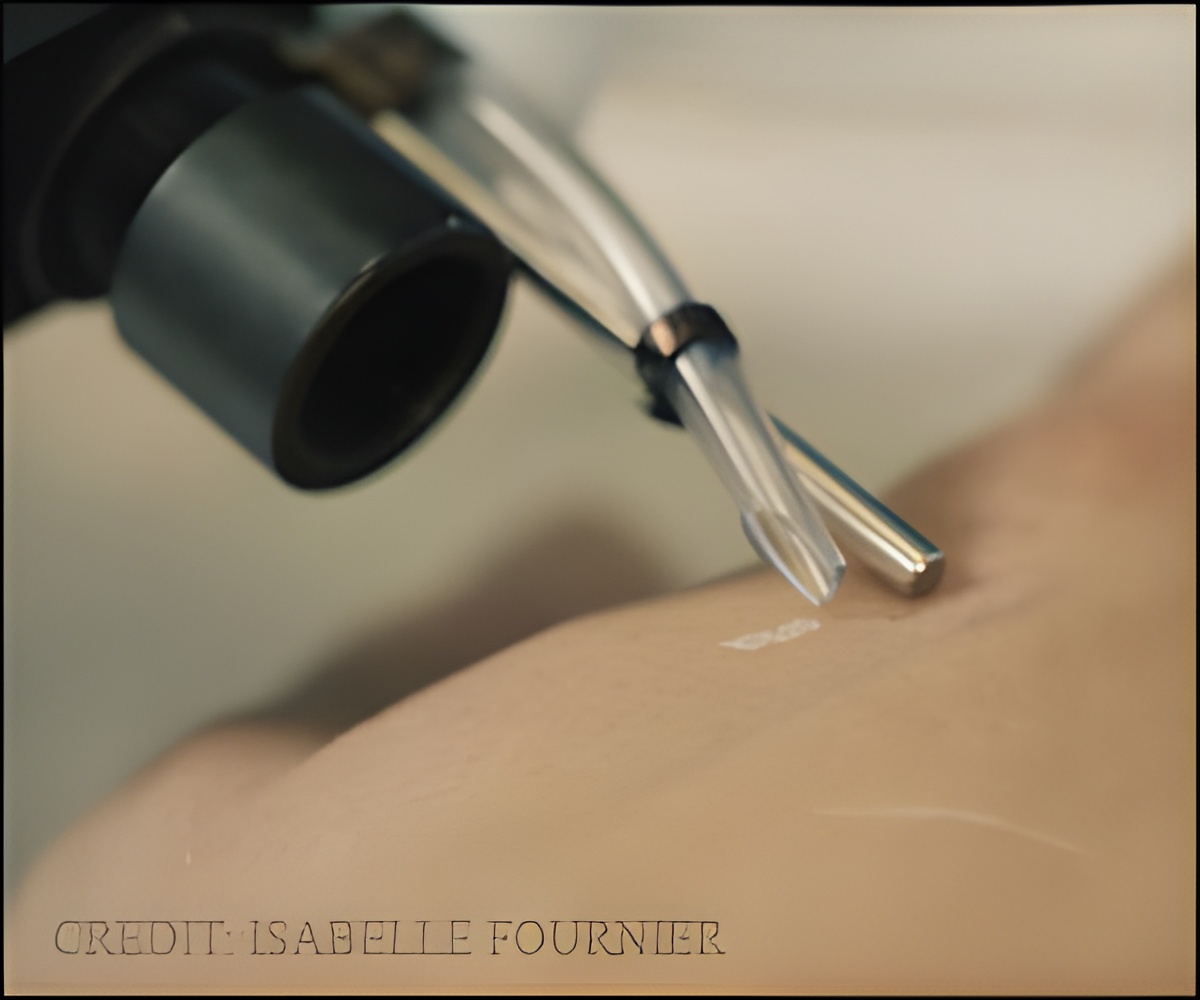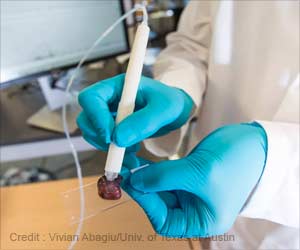SpiderMass device can help to analyze mass spectrometry of living tissue in cancer surgery. SpiderMass device can enable surgeons to find protein biomarkers during surgery.

‘SpiderMass device uses mass spectrometry which can enable surgeons to find protein biomarkers during cancer surgery.’





"Better surgery is associated with better prognosis and higher survival," said Fournier, a professor at the University of Lille and co-director of a proteomics center of INSERM, the French national institute of health. Her laboratory has worked for several years on a device they call the SpiderMass that will enable surgeons to look for markers of cancer in a living patient's tissue, during an operation.Surgery to remove a primary tumor involves a wait. After the tumor and some healthy surrounding tissue are removed, the surgical team pauses while a pathologist checks the tissue margins under a microscope. Although this process is important for preventing recurrence of cancer, it can add up to 45 risky minutes under anesthesia.
With the new device, Fournier said, "We think that it is possible to open the way to in vivo real-time proteomics," which could help surgeons find stray cancer cells faster, perhaps even as they make incisions.
Fournier's device uses mass spectrometry, which measures the mass of molecules from complex mixtures. But turning an in vivo tissue sample into gas phase ions for measurements can be a challenge. Until now, no one knew how to extract ions from living tissues without doing harm.
So Fournier's team got creative. Riffing on MALDI, an ionization strategy that uses a carrier molecule mixed with the analyte of interest, they decided to use the water that makes up a majority of human tissue as a carrier to produce a water-assisted laser desorption/ionization, or WALDI. If they could excite the water in a tiny area, it should vaporize, taking ionized organic molecules with it.
Advertisement
The team built a pulsed laser excitation device tuned to heat water precisely by causing vibration in the oxygen-hydrogen bond. In a 2016 paper, they described using this laser to ionize the outermost layer of tissue, penetrating less than one-twentieth of a millimeter. The human volunteers reported a slight tingling sensation. But the ions that appeared were mostly small molecules and lipids, which are more apt than proteins to adopt a negative charge. The team hoped to measure proteins as well.
Advertisement
In the meantime, the device is already in use for four-legged patients. Fournier's lab has worked with the veterinary biotech company Oncovet Clinical Research to run a pilot trial, comparing biopsies from pet dogs with sarcoma to healthy tissues. The team developed lipidomics- and metabolomics-based classification system to robustly identify healthy, necrotic and cancerous tissues. Soon, they will introduce a prototype into a veterinary operating room. If it is successful there, Fournier said, she hopes to reach human clinics, improving tumor removal surgery to give patients better health outcomes.
Source-Eurekalert








